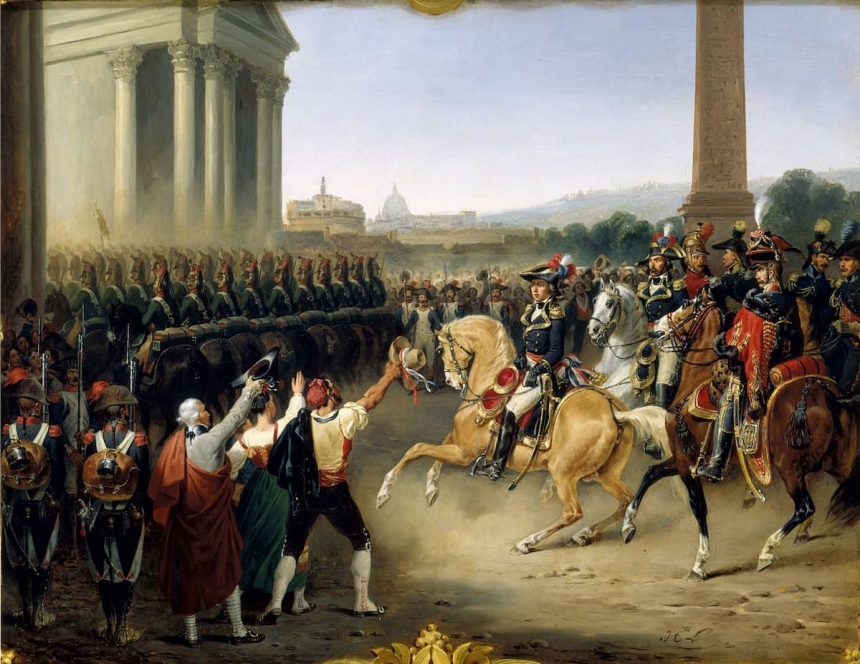Italian Campaign: Led by Napoleon I Between 1796 and 1797
The Italian campaign, from 1796 to 1797, was conducted by France against Austria and its allies. Discover the battles of this campaign won by Napoleon Bonaparte.

The Italian campaign, from 1796 to 1797, was conducted by France against Austria and its allies. Discover the battles of this campaign won by Napoleon Bonaparte.

